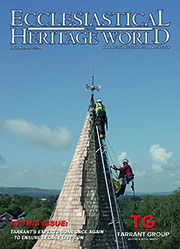England’s very own Far East has a rich and varied heritage
 The fenland and broads of the East of England conceal within their mists a history that extends as far as Roman times. Here it was that Essex girl Boudica of the Iceni waged war against the Roman invaders and it was in the fenlands of Cambridgeshire and Norfolk that the Saxons of East Anglia fought the Danes.
The fenland and broads of the East of England conceal within their mists a history that extends as far as Roman times. Here it was that Essex girl Boudica of the Iceni waged war against the Roman invaders and it was in the fenlands of Cambridgeshire and Norfolk that the Saxons of East Anglia fought the Danes.
It is in the Middle Ages, however, following the Norman Conquest, that the flat marches and fens became the sites of some of the most impressive ecclesiastical architecture, followed a few centuries later by the soaring towers and spires of Cambridge itself, culminating in Henry VI’s magnificent chapel at King’s College.
Throughout all that period, from the 12th century right up to a few years ago, the people of Suffolk were patiently building and extending their own mighty church at Bury St Edmund’s, in preparation it seems now for the creation of the Diocese of St Edmundsbury and Ipswich in 1914.
Read more: England’s very own Far East has a rich and varied heritage
Award winning project reflects workers' heritage training
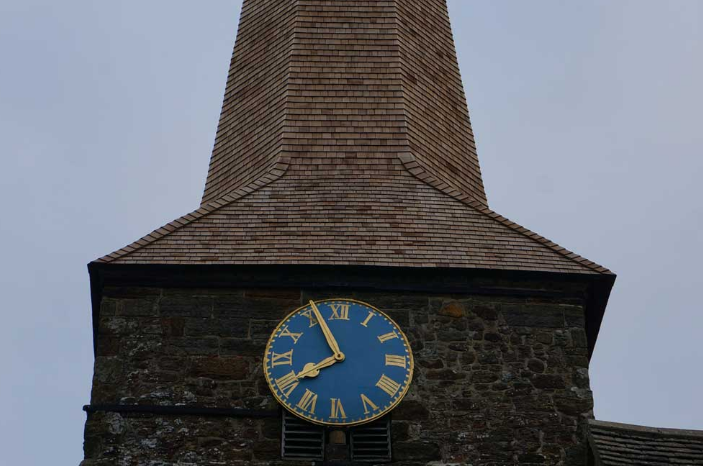 Winners in the Sustainable Roofs (Shingles & Shakes) category at this year's Roofing Awards were Eastbourne based Clarke Roofing Southern Ltd for the restoration of the damaged spire at Wadhurst Church in East Sussex.
Winners in the Sustainable Roofs (Shingles & Shakes) category at this year's Roofing Awards were Eastbourne based Clarke Roofing Southern Ltd for the restoration of the damaged spire at Wadhurst Church in East Sussex.
A storm on St Jude’s day in October 2013 had caused severe damage - not only had the shingles been removed but the entire structure to one facet was ripped away including tennoned rafters and braces leaving a gaping hole in the side of the spire.
Read more: Award winning project reflects workers' heritage training
Oxford Ironmongery helps exciting restoration project to take off
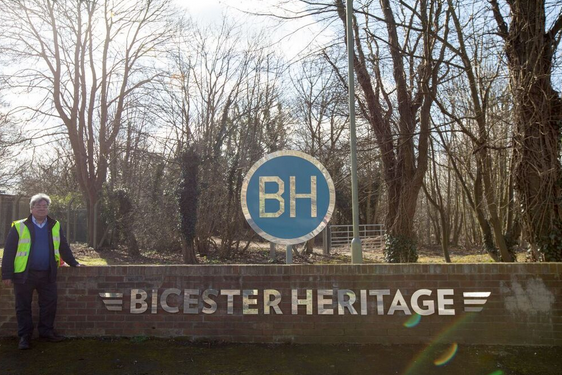 At what was formerly an airfield going back to 1911, a 348 acre site that is now owned by Bicester Heritage is Britain’s first heritage motor and aviation specialist business campus, which is creating a centre of excellence for all the services and support required by vehicle and plane owners and enthusiasts.
At what was formerly an airfield going back to 1911, a 348 acre site that is now owned by Bicester Heritage is Britain’s first heritage motor and aviation specialist business campus, which is creating a centre of excellence for all the services and support required by vehicle and plane owners and enthusiasts.
Read more: Oxford Ironmongery helps exciting restoration project to take off
UK Roofing Awards 2015 - the winners revealed
 The winners of the tenth UK Roofing Awards were announced at a ceremony hosted by BBC’s Louise Minchin and NFRC CEO Ray Horwood at the Hilton London Metropole on Friday 15th May 2015.
The winners of the tenth UK Roofing Awards were announced at a ceremony hosted by BBC’s Louise Minchin and NFRC CEO Ray Horwood at the Hilton London Metropole on Friday 15th May 2015.
Understanding religion’s pulling power: Welsh faith tourism enjoys boost
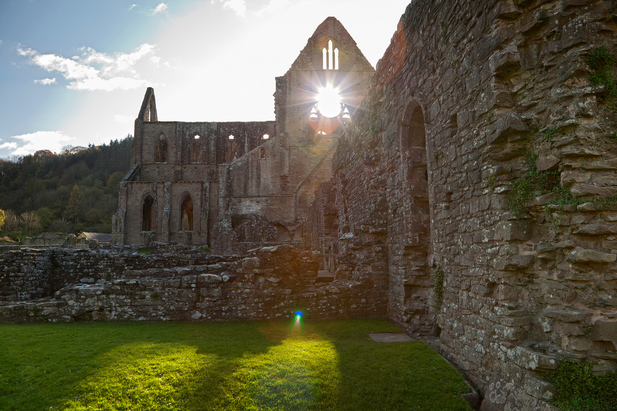 With more than 600,000 people visiting Wales’s religious sites each year, it would appear the concept of ‘faith tourism’ in the region is undergoing somewhat of a renaissance.
With more than 600,000 people visiting Wales’s religious sites each year, it would appear the concept of ‘faith tourism’ in the region is undergoing somewhat of a renaissance.
Indeed, Cadw, the Welsh Government’s historic environment service, has reported a year-on-year growth in visits to religious sites like Tintern Abbey.
Read more: Understanding religion’s pulling power: Welsh faith tourism enjoys boost
UK metal marking company joins call for a Swedish 'peace industry' to fight the illegal arms trade
 The world is faced with a seemingly intractable crisis of an uncontrolled armaments trade, together with vast numbers of unexploded ordinance scattered across the globe. As well as the massive number of casualties – many of them children – there is a tendency for an increase in the availability of weaponry to devalue human life.
The world is faced with a seemingly intractable crisis of an uncontrolled armaments trade, together with vast numbers of unexploded ordinance scattered across the globe. As well as the massive number of casualties – many of them children – there is a tendency for an increase in the availability of weaponry to devalue human life.
That situation has prompted a UK firm that specialises in the application of technology to prevent metal theft from churches and heritage buildings to join in a Swedish-based campaign to apply experience on weaponry to combatting that growth.
Sound system control - keeping it simple
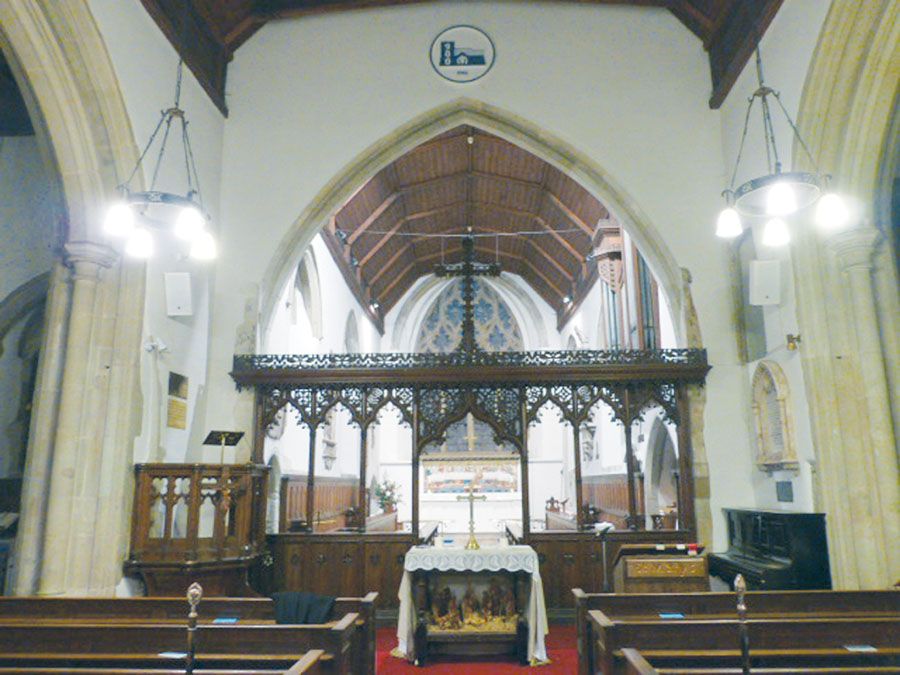 The first digital sound mixer was introduced over 25 years ago. 10 years later, major sound rental companies embraced the technology and digital consoles began to replace their analogue counterparts on the larger touring shows. Progressively, extensive software and hardware developments have found their way into smaller, low cost mixers that are highly suited to church installations.
The first digital sound mixer was introduced over 25 years ago. 10 years later, major sound rental companies embraced the technology and digital consoles began to replace their analogue counterparts on the larger touring shows. Progressively, extensive software and hardware developments have found their way into smaller, low cost mixers that are highly suited to church installations.
What do 'Game of Thrones' and 'Emmerdale' have in common?
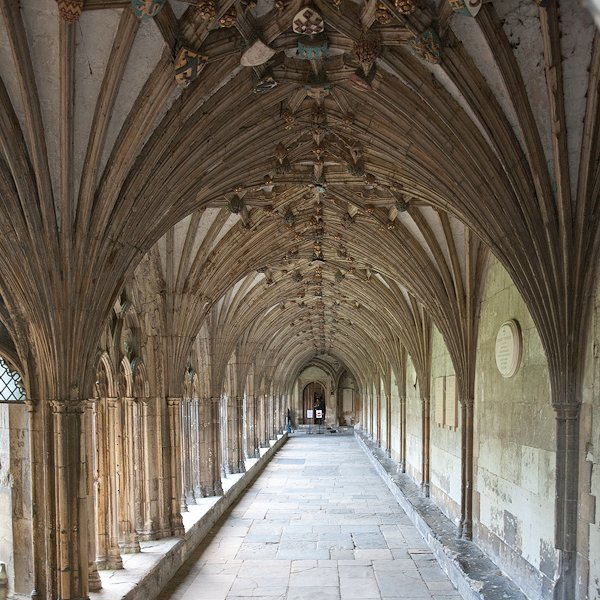
Nigel Tyas ironwork, that's what!
The company are delighted to have recently supplied curtain poles to the popular Sky television series and their 'Swaine' wall lights sit proudly in the Woolpack on Emmerdale.
The team from Yorkshire Television felt that the company's original and still 'officially most popular' small wall light suited the traditional surroundings of a rural country inn.
Read more: What do 'Game of Thrones' and 'Emmerdale' have in common?
St Phillips Church, Tunbridge Wells
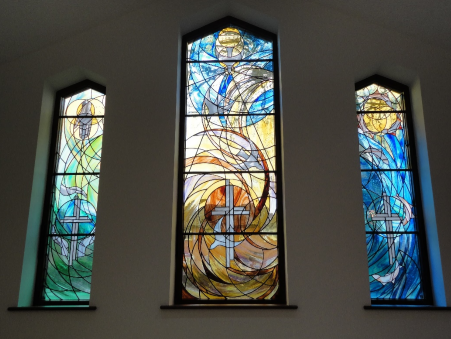 St Phillips in Tunbridge Wells is a modern church, not just in its architecture but also its internal spirit. Each time Isobel Brunsdon, of East Sussex based Labyrinth Stained Glass, visited the church she felt there was a vibrancy and energy about the place and wanted to reflect this in the design of the windows she was commissioned to create.
St Phillips in Tunbridge Wells is a modern church, not just in its architecture but also its internal spirit. Each time Isobel Brunsdon, of East Sussex based Labyrinth Stained Glass, visited the church she felt there was a vibrancy and energy about the place and wanted to reflect this in the design of the windows she was commissioned to create.
Heart of England Building Restoration & Refurbishment 40 years of service from pre-purchase to completed project
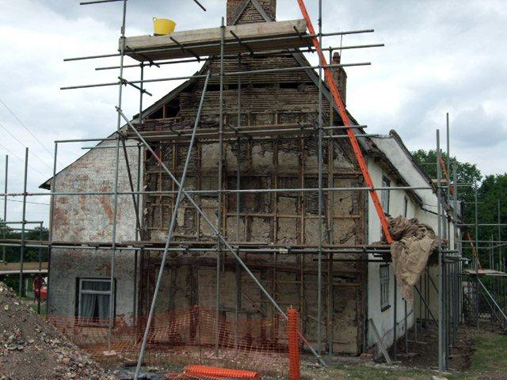 John Haws management and staff are widely recognised for their many years of experience in the building industry. John A G Haws, founder of jh Building Restoration & Refurbishment, has been involved in building restoration for the past 40 years.
John Haws management and staff are widely recognised for their many years of experience in the building industry. John A G Haws, founder of jh Building Restoration & Refurbishment, has been involved in building restoration for the past 40 years.
They have assisted many property owners, both private and commercial, over the years with their restoration and refurbishment projects, many of whom have used them on more than one occasion and recommended us to their family, friends and colleagues.
Fire doors, escape doors and the legal obligations
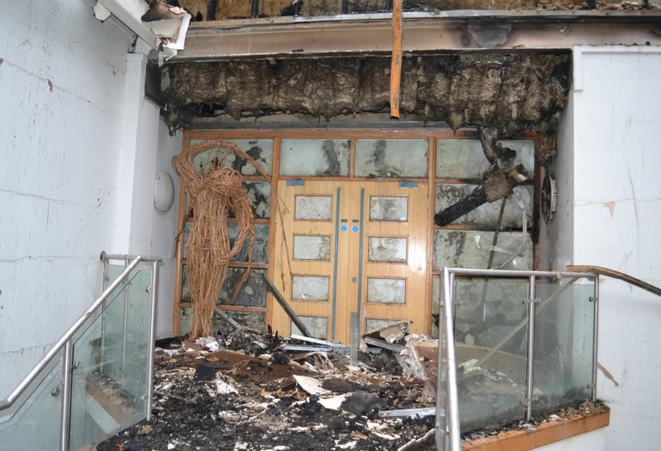 Since 2013 when the first pioneer FDIS Certificated Fire Door Inspectors qualified and started to offer their services to building operators there has been a marked increase in demand for the services of qualified fire door inspectors, installers, repairers and maintainers. This has in-turn led to increased demand for education and training and of course is a positive step in helping to make buildings safer in the event of a fire. Here, Neil Ashdown, general manager of the Fire Door Inspection Scheme, looks at fire safety law, the issues around fire doors in public buildings and the useful resources available to help building owners and operators meet their legal obligations.
Since 2013 when the first pioneer FDIS Certificated Fire Door Inspectors qualified and started to offer their services to building operators there has been a marked increase in demand for the services of qualified fire door inspectors, installers, repairers and maintainers. This has in-turn led to increased demand for education and training and of course is a positive step in helping to make buildings safer in the event of a fire. Here, Neil Ashdown, general manager of the Fire Door Inspection Scheme, looks at fire safety law, the issues around fire doors in public buildings and the useful resources available to help building owners and operators meet their legal obligations.
Read more: Fire doors, escape doors and the legal obligations
Questions to ask a roofing contractor - JTC has the answers
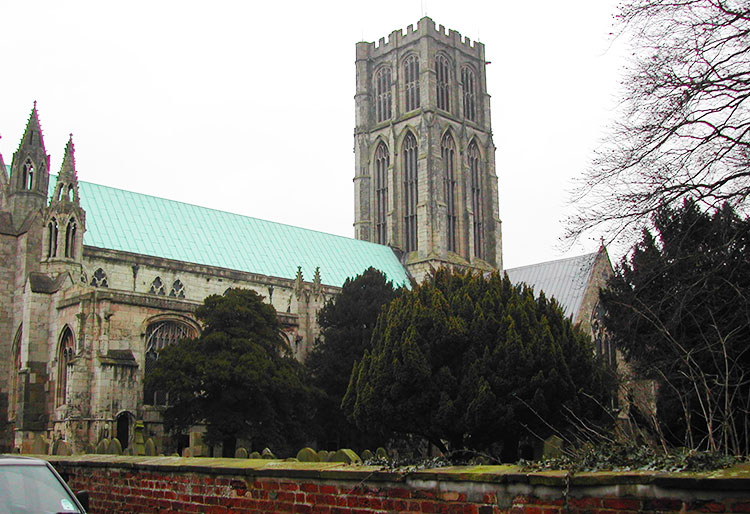 As the main thing protecting your building against the elements, your roof will no doubt at some point either need repairs or even a replacement. When the time comes that you need to call in the workmen for the job, it can be rather daunting knowing which one to choose.
As the main thing protecting your building against the elements, your roof will no doubt at some point either need repairs or even a replacement. When the time comes that you need to call in the workmen for the job, it can be rather daunting knowing which one to choose.
Although it may be tempting to go with the one who gives the cheapest quote, it’s always best to delve a little deeper and try to find out exactly what work you will be getting for your money, before you sign on the dotted line!
Read more: Questions to ask a roofing contractor - JTC has the answers
Fire breaks out at Clandon Park in Surrey
 We are saddened to say that a fire broke out on Wednesday 29 April at Clandon Park in Surrey.
We are saddened to say that a fire broke out on Wednesday 29 April at Clandon Park in Surrey.
Speaking from the site of the blaze, our Director General, Helen Ghosh, said:
'The fire is now out but the scale of the damage to the mansion has been devastating. The house is now essentially a shell, most of the roof, ceiling and floors have collapsed into the bottom of the building.










